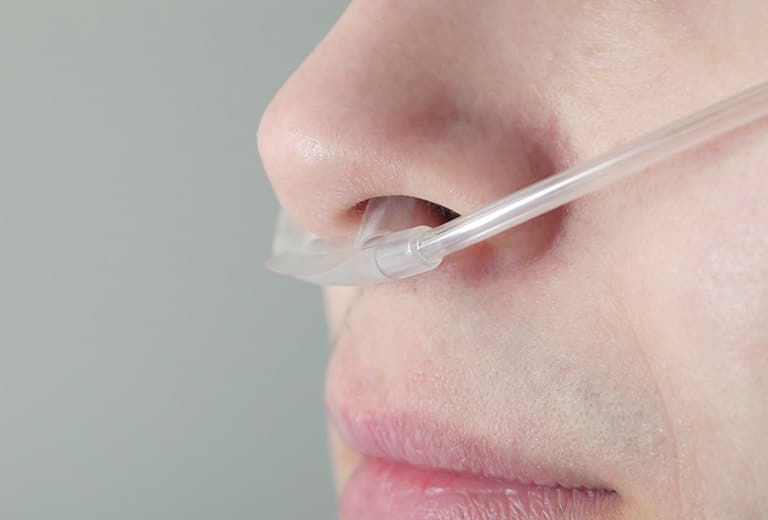Neurological System Disorders exam
Zero accidents

Driving requires the drive to have an adequate sensory perception through vision and hearing, proper attention, cognitive integrity, and precise immediate and well-coordinated motor response.
30 topics
Cerebral ischemia and driving
The cerebral vascular disease is the most frequent cause of neurological disability. More about cerebral vascular disease and driving at Fundación MAPFRE.
Epilepsy and recommendations for driving
Epileptic drivers are advised against driving during treatment changes or if they do not comply with it properly. More information at Fundación MAPFRE.
Syncopes of respiratory, water-electrolyte, somatization or pharmacological origin and their influence in driving
The decompensation of chronic bronchopneumopathies with emphysema is the most common cause of respiratory encephalopathy. More at Fundación MAPFRE.
Syncopes due to hypoglycemia or anoxia, and their impact in driving
For the possibility of a significant glucose reduction in the CNS, the activity of the upper cerebral centers declines to reduce the brain needs for energy.
Syncope due to reduced brain perfusion and its impact in driving
Syncope can be defined as the sharp loss of consciousness due to a sudden brain blood flow reduction or to changes in the chemical composition of blood.
Dementia from organic brain disease, and its influence on driving
Dementia is a clinical syndrome characterized by the acquired loss of cognitive capacities. For more information about dementia visit Fundación MAPFRE.
The patient with Alzheimer, his caregiver, and driving
Alzheimer’s disease is due to a degenerative process, associated with significant neuronal loss in multiple brain areas, and marked brain atrophy.
Skull-mandibular dysfunction and neurological disorders due to excess of metals, and their impact in driving
Experts in the skull-mandibular dysfunction already estimate that 10% people suffer orofacial headache and in the musculature of the head and neck and back.
Cranial injury, traumatic marrow injury, and their influence in driving
The imprudence and the limited experience in driving are the leading causes that provoking traffic accidents, particularly in the youngest population.
Tips for driving with kidney or liver disease
Urea increases can cause malaise, anorexia, laxity, fatigue, vomiting, and reduction of the mental sharpness. For more information visit Fundación MAPFRE.
Neurological disorders due to anoxia, respiratory failure, electrolyte imbalance, and impact in driving
All electrolyte imbalances causing neurological dysfunction prevent from driving until complete resolution of the clinical symptoms. More information here.
Encephalopathy due to diabetes and its influence on driving
Diabetes mellitus is the most common endocrine disorder, since those suffering it are more than three million in Spain. More about diabetes mellitus here.












